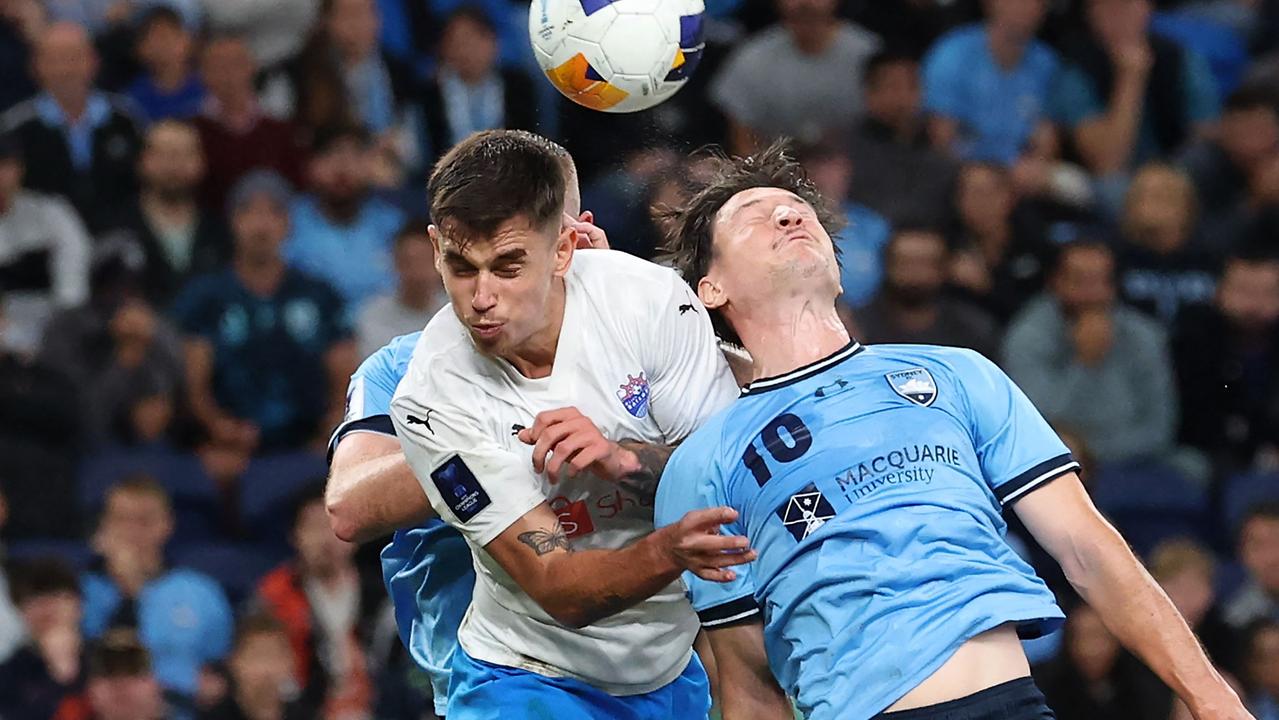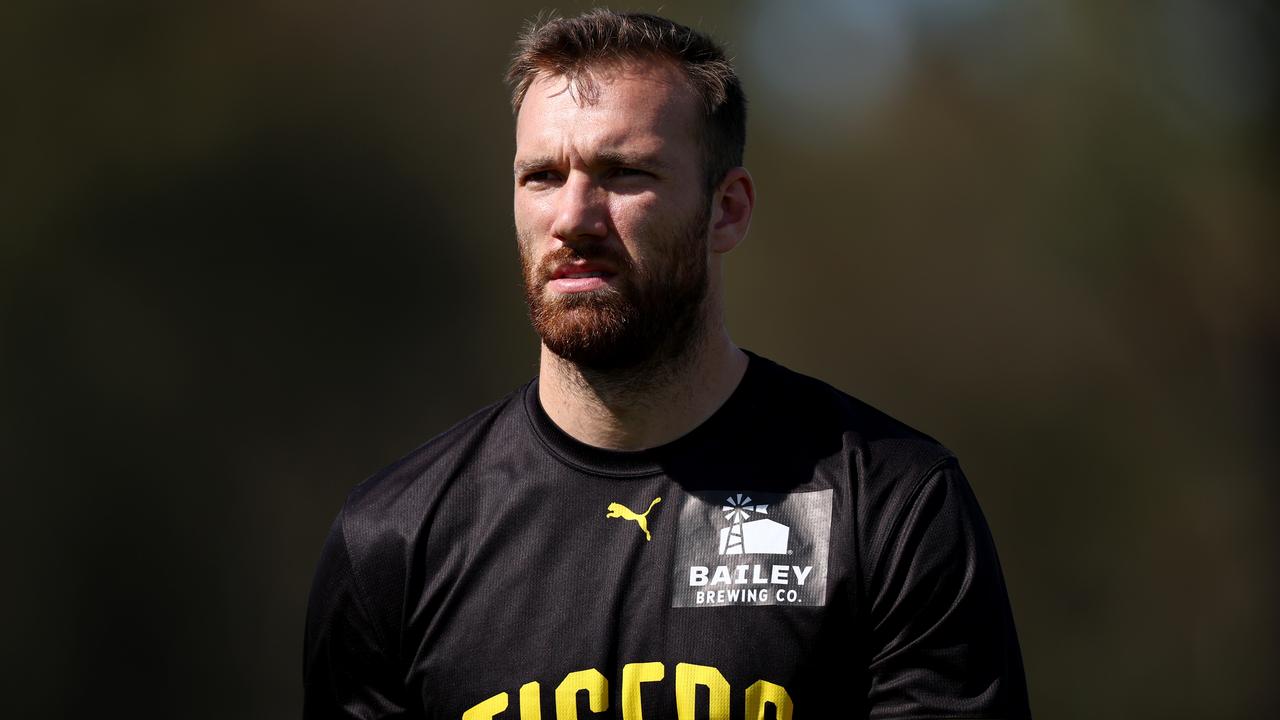Bombshell concussion evidence to change sport forever
An investigation into the potentially devastating long-term effects of concussion is set to change the way many sports are played from junior to elite level. Have your say.

Sport
Don't miss out on the headlines from Sport. Followed categories will be added to My News.
Junior players should be banned from tackling in football and performing headers in soccer to prevent brain injuries, a Senate inquiry into concussion has been told.
And any child under 14 who suffers a head knock should wait six weeks before returning to the field.
The bombshell evidence, by some of Australia’s leading medical professionals, follows a proposal for adult players who have suffered concussion — including those in Australian Football League (AFL) and National Rugby League (NRL) — to spend a month on the sidelines, more than double the time currently allowed at the elite level.
It also comes in the very week rugby league immortal Wally Lewis revealed he had been diagnosed with chronic traumatic encephalopathy (CTE), a brain disorder caused by repeated head knocks.
Lewis is one of at least 12 former sportspeople to succumb to the condition that is linked to behavioural and mood problems, cognitive decline and dementia.
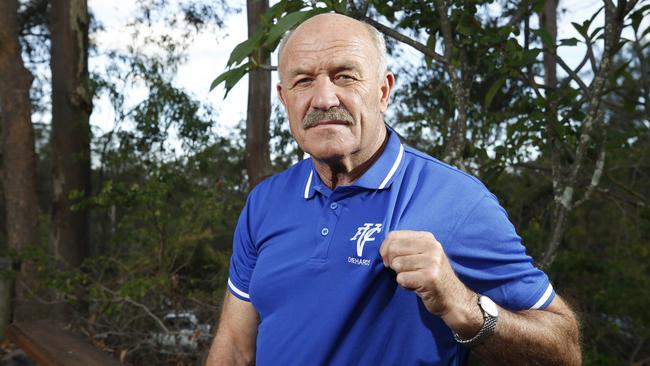
The Senate inquiry, which has held four public hearings across Australia since January, was due to hand down its findings this week but will now delay its report for a month “to get the report as strong as possible” committee chair, Greens Senator Janet Rice said.
The committee has received close to 100 submissions and heard harrowing accounts from professional players left maimed by concussion and their families — including the widow of former Richmond AFL player Shane Tuck.
“There’s nothing wrong with not learning to head the ball until you’re in high school,” Headsafe chief executive Dr Adrian Cohen told the inquiry.
“In America there’s a big push for flag football until (the age of) 14 — that’s touch football for us,”
Committee members were told head knocks in sport were affecting the education results of children and causing mental health problems in young people.
“I care for (180) athletes in their 30s, 40s and 50s. Their families, including young children, are exposed to the behavioural ravages of CTE — to impulsivity, rage and violence. Some are now entering residential or nursing-home care,” neurologist and co-director of the Australian Sports Brain Bank Rowena Mobbs said.
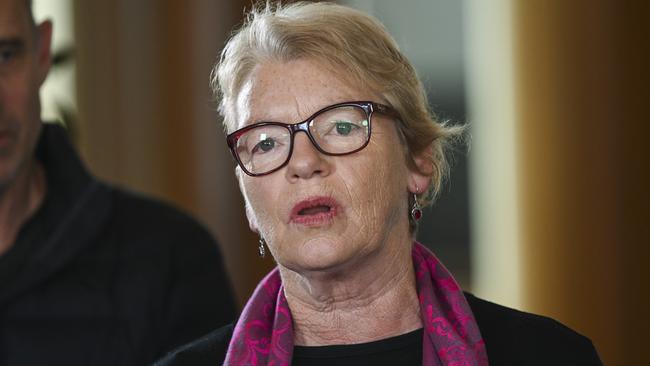
Australian sporting bodies take a different position to those in the US, with our guidelines still not recognising that repeated head knocks can cause CTE.
Sports Medicine Australia (SMA) chief executive Jamie Crain told the inquiry his organisation’s position paper on CTE was under review but still stated evidence linking repeated head knocks in sport to CTE was “tenuous”.
And he complained that “media coverage currently largely pushes negative narratives and potentially catastrophises the issue somewhat”.
However SMA’s scientific adviser Dr Reidar Lystad said: “The (US) Centre for Disease Control CDC and the National Institutes of Health both come out stating that they acknowledge and recognise that there is a causal relationship between repetitive head trauma and neurodegenerative diseases, including CTE. That is also my personal view.”
Senator Rice said.
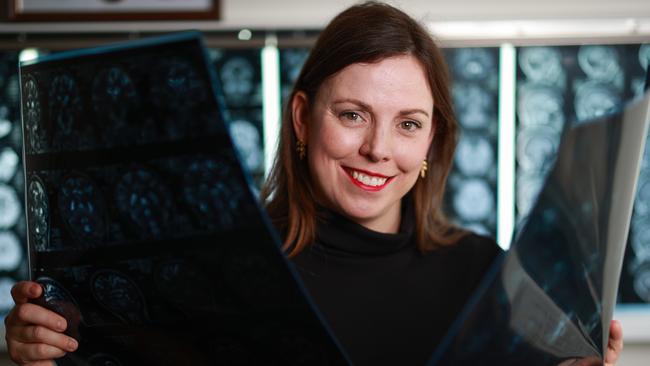
Experts want stricter guidelines on how concussion is managed and annual education on the condition for players, coaches and administrators.
A public register of suspected and confirmed player concussions and funding for players to attend an independent neurological assessment after a concussion has also been floated.
Dr Mobbs said athletes exposed to more than a decade’s worth of concussions in sport should also have access to special CTE clinics, with check-ups every five years.
Last year the Australian Sports Brain Bank reported it had found CTE in 12 of the 21 brains donated for research since 2018. Three of the players were aged under 35.
The AFL is facing a class action from former players who want more than $1 billion in compensation for concussion damage.
“Sporting bodies are still trying to say it’s not as big a problem as you think because it costs them money if their star players aren’t going to be able to, to get back on the field, two weeks later,” Senator Rice said.
WHAT IS CTE?
CTE stands for Chronic traumatic encephalopathy. It is commonly associated with sportspeople who have had repeated mild traumatic brain injuries, like taking a knock in a footy match.
CTE is a degenerative brain disease that emerged in the 1920s.
Researchers are still trying to learn more about CTE and its causes – not every person who has repeated traumatic brain injury later develops CTE, although it is unclear why.
Not all concussions lead to CTE either. Most people who did suffer from it have sustained thousands of head impacts over many years.
There is no way to diagnose CTE in living patients – it can only be confirmed at present when a person’s brain is examined during autopsy.
Sometimes cases have similar symptoms to other conditions like depression, anxiety or Alzheimers.
Symptoms do not usually appear until later in life when the patient is in their 60s or 70s, but cases do present much earlier, including when people are aged in their 20s.
Symptoms include aggression, mood swings and paranoia, as well as short-term memory loss and impaired judgement.
Symptoms can be stable over time before worsening.
There is no specific treatment for CTE, but symptoms can be managed so the patient has a better quality of life.




